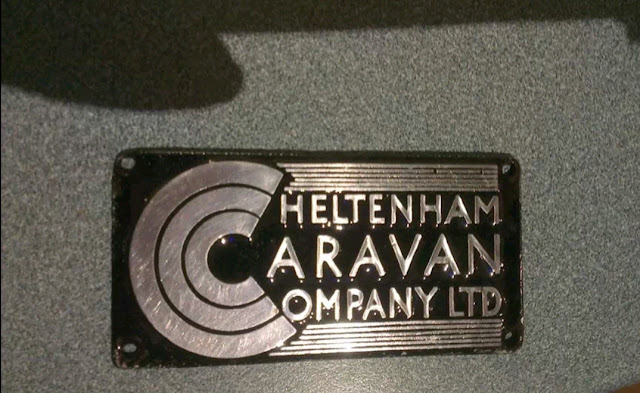It will need to be 6mm gap at one side and 5/6mm gap the other side depending on the thickness of the glass. The one used here, is part no. WR67 from Seals Direct which is 6mm and 5mm. (Correct code 2015)
You will also require an infill strip. These are available in white chrome or black. I'm using white the same as the originals. Part No. FS74.(Correct 2015)


You will also need some thin para-cord. This will make life a lot easier when getting the window into the aperture.
If you have replaced the ply cladding around the windows you may find that its is thicker than the old ply, as I did. In this case I shaved off one layer off the back of the ply to reduce the thickness. I also found the middle of the new rubbers were slightly thicker than the old rubbers so i had to make the opening slightly larger by a few millimetres so the rubber would sit flat.
I placed gaffa tape over the edges of the opening to smooth the edges of the ply and fibreglass. The Gaffa can be trimmed off after.
Start off by fitting the new rubber around the glass and cutting to size. The join needs to be at the top of the window. Then take your para-cord and run it round the outside grove of the rubber, with both tails to the bottom of the window. I used Gaffa tape to secure everything in position until i was putting it position, carefully removing as the rubber goes on.
 Get the bottom of the window seated properly and centrally, working from the outside of the van. At this point it is a big help if you have someone who can help by holding the window from the inside.
Get the bottom of the window seated properly and centrally, working from the outside of the van. At this point it is a big help if you have someone who can help by holding the window from the inside.Whilst applying light even pressure on the glass, start pulling the para-cord out. this should pull the lip of the rubber over the edge of the opening. Don't apply too much or uneven pressure or you will risk breaking the glass. If it didn't feel like it wants to go in don't force it. Once in, even out the rubber as best as possible.
Now its time for the infill. There is a special tool you can buy to help putting this in. I did have one so I fabricated something similar from coat hanger wire. It needs to kind of a diamond shape in the end of it.
Lubricate the opening, washing up liquid works a treat. Run the tool down the opening, point first at about a 45 degree angle to the rubber, whilst pushing the infill strip into place. It might take a little time to get the hang of it. The corners are the most difficult part of the whole job, as they are so tight. Just take your time and wiggling the tool can help get it round the corner. Any little bits that have not quite seated right can be put in later by running a screw driver down.
Give it all a good wash to get rid of all the washing up liquid and trim back any Gaffa tape and you're done. It may be necessary to use some sealant on the corners depending on how well they fit.









































